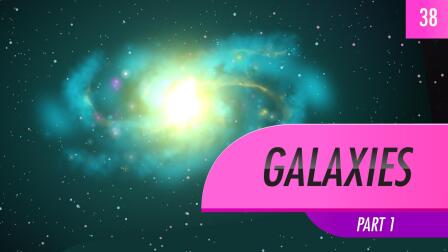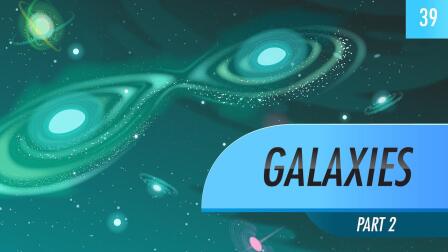Back to Show
Crash Course Astronomy
Low Mass Stars: Crash Course Astronomy #29
Season 1
Episode 29
Today we are talking about the life -- and death -- of stars. Low mass stars live a long time, fusing all their hydrogen into helium over a trillion years. More massive stars like the Sun live shorter lives. They fuse hydrogen into helium, and eventually helium into carbon. When this happens they expand, get brighter, and cool off, becoming red giants.











